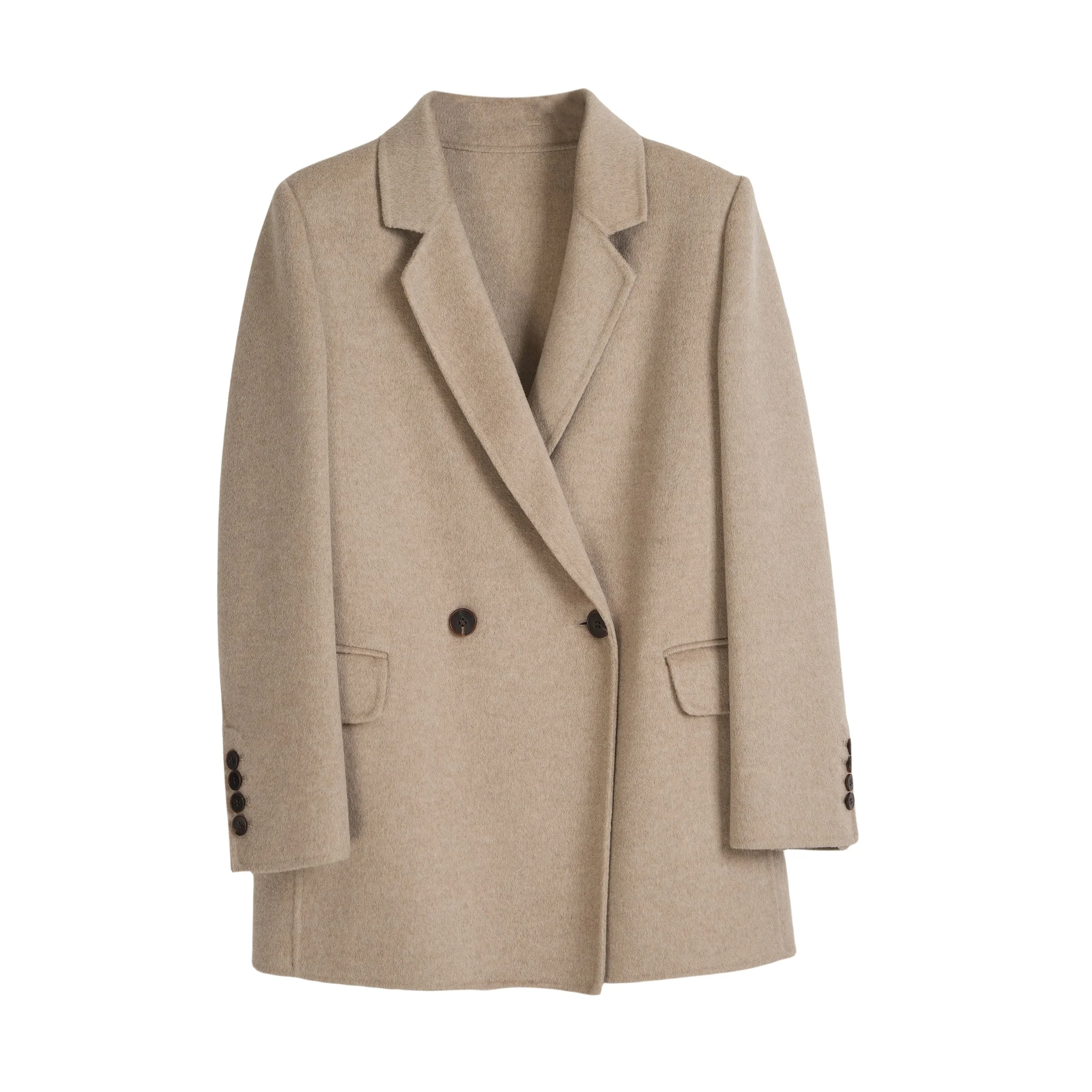In the ever-evolving world of fashion, clothing styling has emerged as a highly sought-after profession. With the ability to transform an individual's appearance and enhance their personal style, clothing stylists play a crucial role in the fashion industry. If you aspire to become a clothing stylist and are wondering how to embark on this exciting journey, this comprehensive guide will provide you with the necessary steps and insights to kickstart your career.
- Understanding the Role of a Clothing Stylist:
Before delving into the specifics, it is essential to grasp the responsibilities and expectations of a clothing stylist. A clothing stylist is responsible for curating and coordinating outfits for various occasions, such as photoshoots, fashion shows, red carpet events, and personal styling sessions. They possess a keen eye for fashion trends, an understanding of body types, and the ability to create visually appealing ensembles. - Developing a Strong Fashion Foundation:
To excel in the field of clothing styling, it is crucial to have a solid understanding of fashion history, current trends, and industry influencers. Immerse yourself in fashion magazines, blogs, and social media platforms to stay updated with the latest styles and designers. Additionally, consider enrolling in fashion-related courses or obtaining a degree in fashion design or merchandising to gain a comprehensive knowledge base. - Building a Diverse Portfolio:
Creating a diverse and visually appealing portfolio is essential to showcase your skills and attract potential clients or employers. Collaborate with photographers, models, and makeup artists to create captivating photoshoots that highlight your ability to curate unique and cohesive outfits. Include a variety of styles, themes, and settings to demonstrate your versatility as a clothing stylist. - Gaining Practical Experience:
Internships and assistant roles provide invaluable hands-on experience in the fashion industry. Seek opportunities to work with established clothing stylists, fashion magazines, or fashion houses to learn the intricacies of the profession. Assist in fittings, wardrobe organization, and styling sessions to develop your skills and network with industry professionals. - Networking and Building Relationships:
Networking plays a pivotal role in the fashion industry. Attend fashion events, industry conferences, and fashion weeks to connect with designers, models, photographers, and other stylists. Building relationships with key individuals can open doors to exciting opportunities and collaborations. Utilize social media platforms to showcase your work, engage with industry professionals, and stay connected with the latest industry happenings. - Developing a Personal Style and Brand:
As a clothing stylist, it is essential to develop a unique personal style and brand that sets you apart from others. Experiment with different aesthetics, color palettes, and silhouettes to discover your signature style. Consistency in your work and a strong personal brand will help attract clients and establish your credibility in the industry. - Continuous Learning and Adaptation:
The fashion industry is ever-changing, and as a clothing stylist, it is crucial to stay updated with the latest trends, technologies, and industry developments. Attend workshops, seminars, and online courses to enhance your skills and broaden your knowledge. Embrace new technologies and software that aid in virtual styling and trend forecasting to stay ahead of the curve.
Conclusion:
Becoming a successful clothing stylist requires a combination of passion, knowledge, practical experience, and networking. By understanding the role, building a strong foundation, creating a diverse portfolio, gaining practical experience, networking, developing a personal style, and embracing continuous learning, you can pave your way into the exciting world of clothing styling. Remember, perseverance and dedication are key to achieving your goals in this competitive industry.



